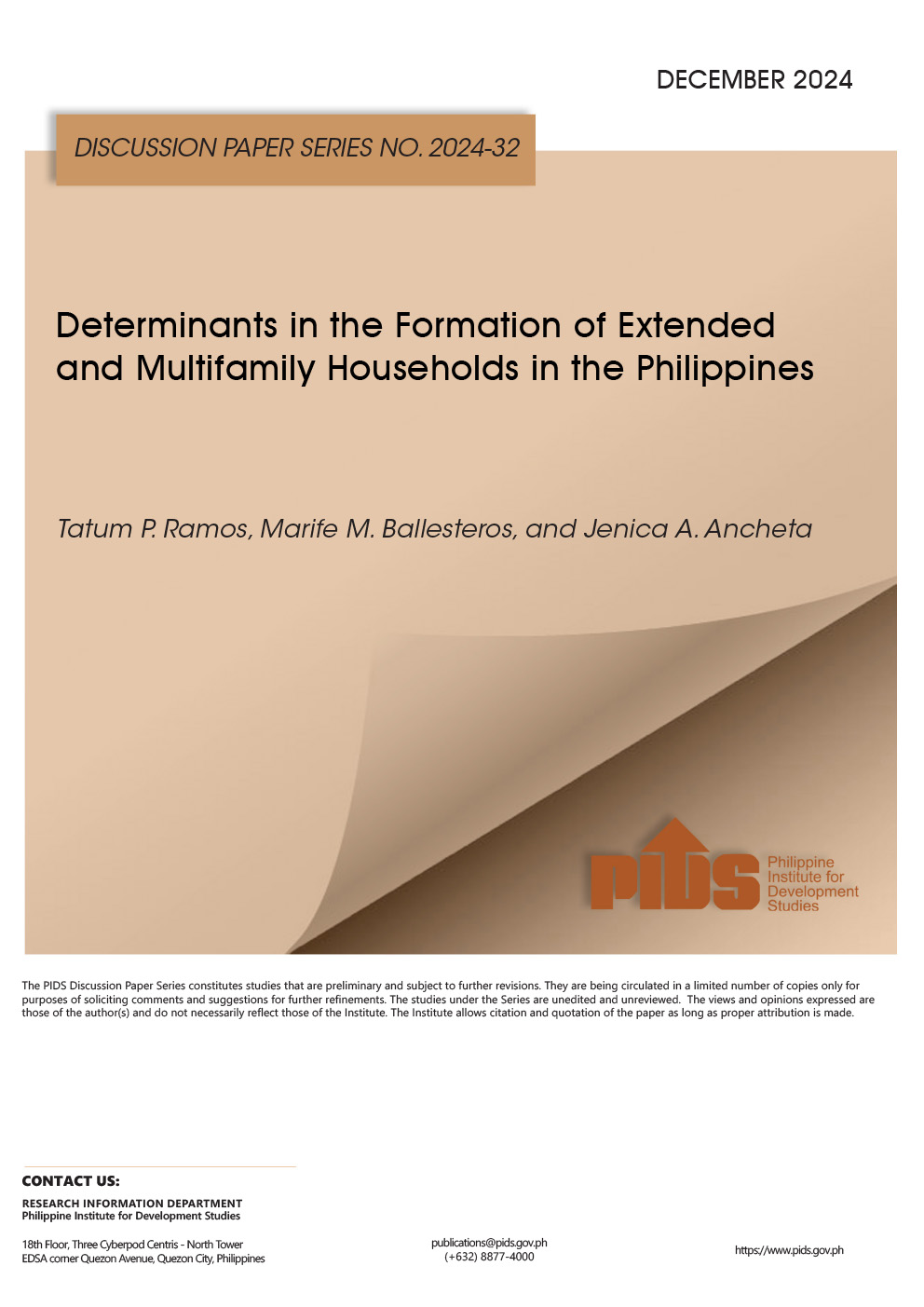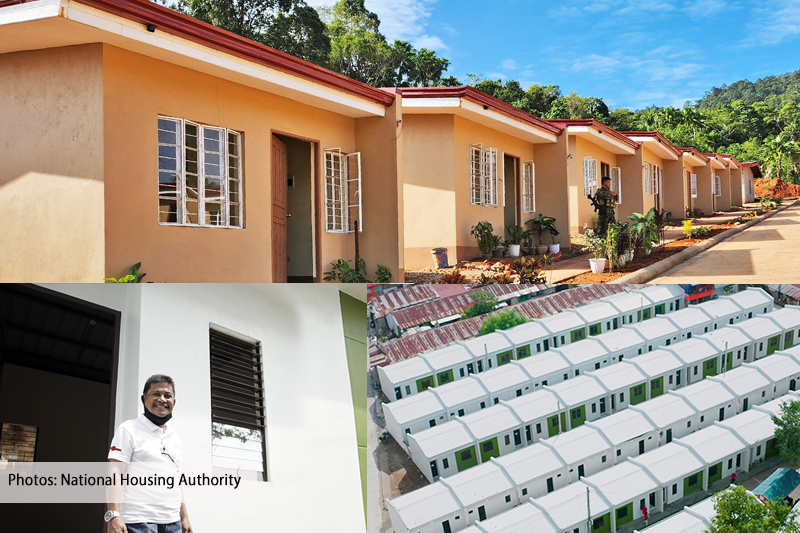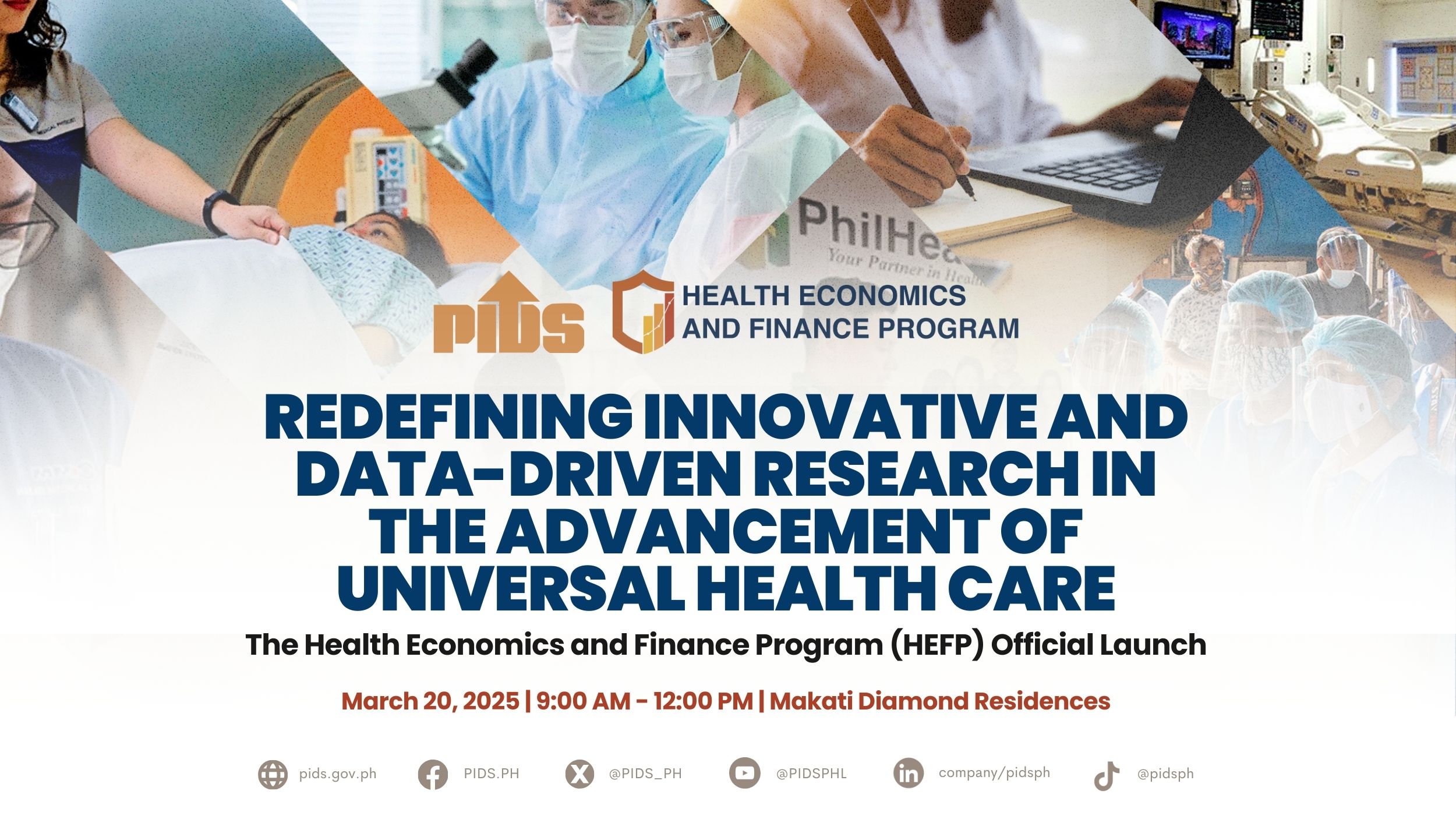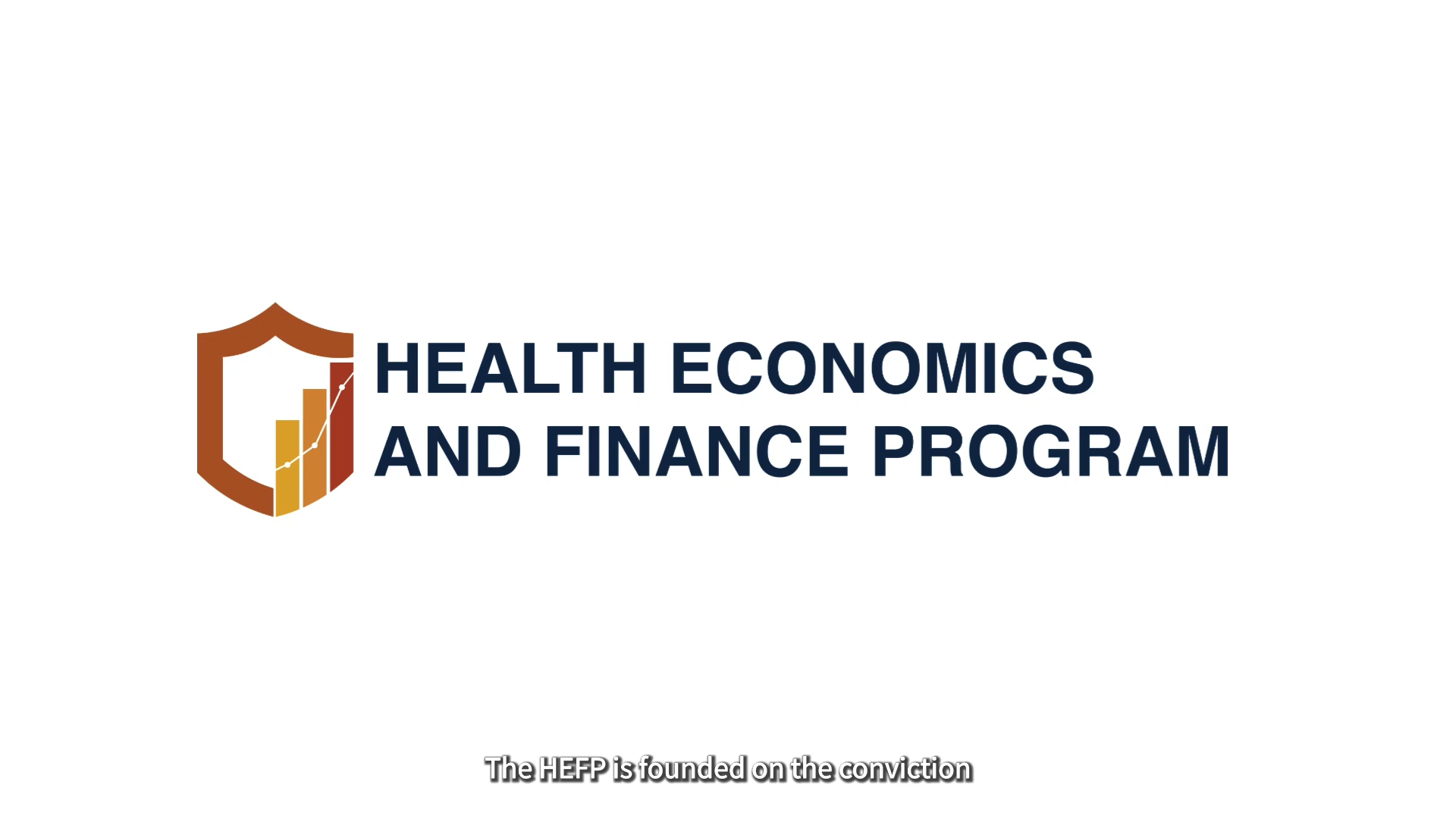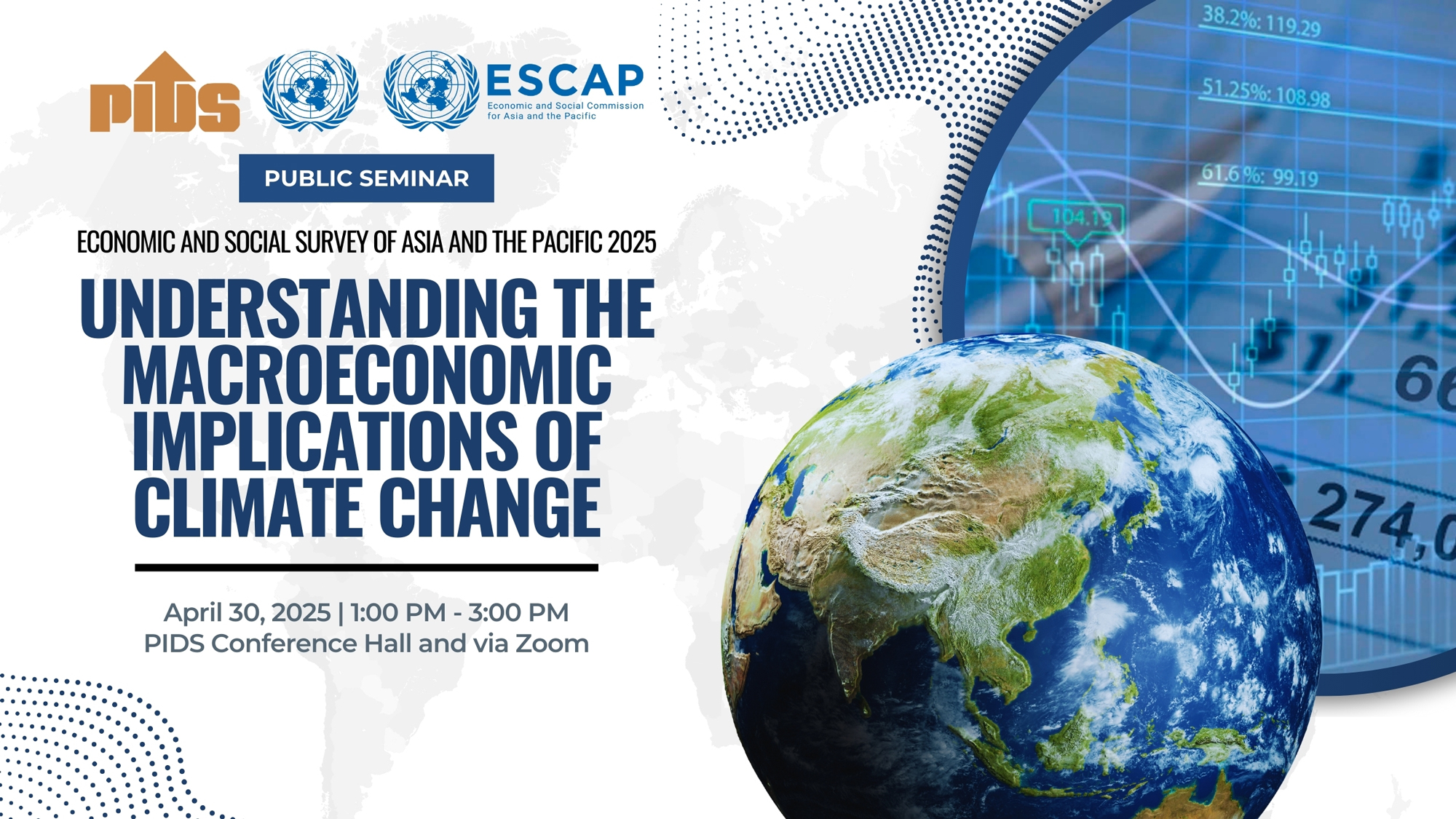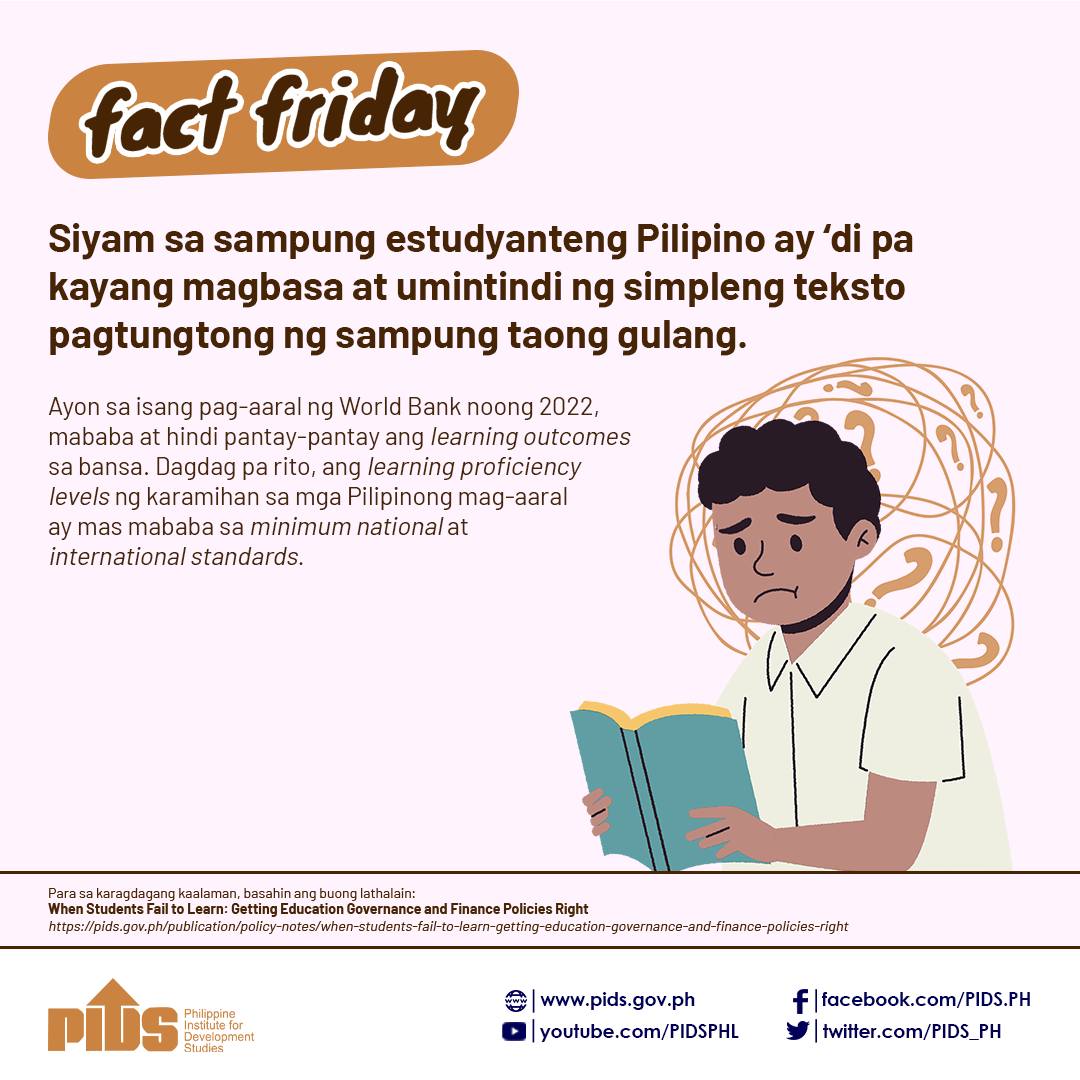Nearly three in 10 Filipino households are now living in extended or multifamily arrangements, signaling a shift in traditional family structures and exposing major gaps in the country’s housing policy, according to a recent study by the Philippine Institute for Development Studies (PIDS).
At a webinar held April 24, PIDS Supervising Research Specialist Tatum Ramos revealed that 28.8 percent of households in the Philippines, as of 2020, no longer follow the typical nuclear structure composed of a head, spouse, and child.
“Households have been veering away from the typical composition,” Ramos said. “They have decided to join their relatives in a household to gain support in growing their own family or [to manage] living and housing expenses.”
The findings, supported by PIDS Discussion Paper No. 2024-26 (Demographic Trends and Housing Patterns in the Philippines), show that shared living arrangements are not merely borne of poverty but reflect adaptive strategies in response to rising costs, stagnant wages, and evolving socio-economic dynamics.
Ramos explained that extended family setups allow for resource sharing, especially among young working women who may not have the time or income to manage an independent household.
A key takeaway from the study was the link between household wealth and the likelihood of multifamily living. “On average, the difference in the probability of being in an extended and multifamily household given one unit increase in the wealth estimate is a 6.5 percentage point increase,” she said.
Policy Disconnect, Limited Access
Dr. Mary Racelis, a University of the Philippines professor and social anthropologist, stressed the need for disaggregated data that reflects the conditions of the bottom 60 percent of the population.
“Housing policies must go beyond abstract models,” she said. “We should recognize that informal settlers are not the problem—they are the solution. Housing is the community setting… where people are working, where they’re getting their income… where their alliances are.”
Racelis emphasized that informal communities must be treated as active contributors to development rather than passive recipients of aid.
Kevin Godoy, officer-in-charge chief economic development specialist at the Department of Economy, Planning, and Development’s Social Development Office, noted that despite wide membership in housing funds like Pag-IBIG, only 4 percent of households access government housing assistance.
“Pag-IBIG has 16 million members in 2024, but very few use government assistance as a financing source,” he said.
Godoy highlighted the role of transport infrastructure, suggesting that long commutes—more than urban congestion—impede homeownership and discourage household formation.
He also called for the urgent rollout of a national rental strategy.
“We’re the only country in Southeast Asia that does not have a national program on public rental,” he said, stressing that in the absence of national direction, local governments have been forced to experiment on their own.
Pressures vs Innovation
Santiago Ducay, executive director of the Subdivision and Housing Developers Association, warned that current housing strategies do not match the demographic shifts taking place.
“Each category—young professionals, the elderly, and middle-aged groups—has different concepts of sustainable housing,” Ducay said.
He also underscored the need to plan for the country’s aging population, citing projections that by 2040, the Philippines’ population structure will resemble a “tree,” indicating a large aging base.
“Forward-looking policies must consider retirement villages and age-inclusive infrastructure—not just vertical condominiums or subdivisions,” he added.
PIDS data also show a growing housing shortfall, now estimated at 12.4 million units as of 2023.
This backlog, coupled with delayed household formation, prolonged co-residence, and limited rental options, highlights the urgent need to modernize housing policies to reflect real demographic and economic conditions.
“This is not just about building more homes—it’s about designing policies that reflect the way Filipinos actually live today,” Ramos said.


